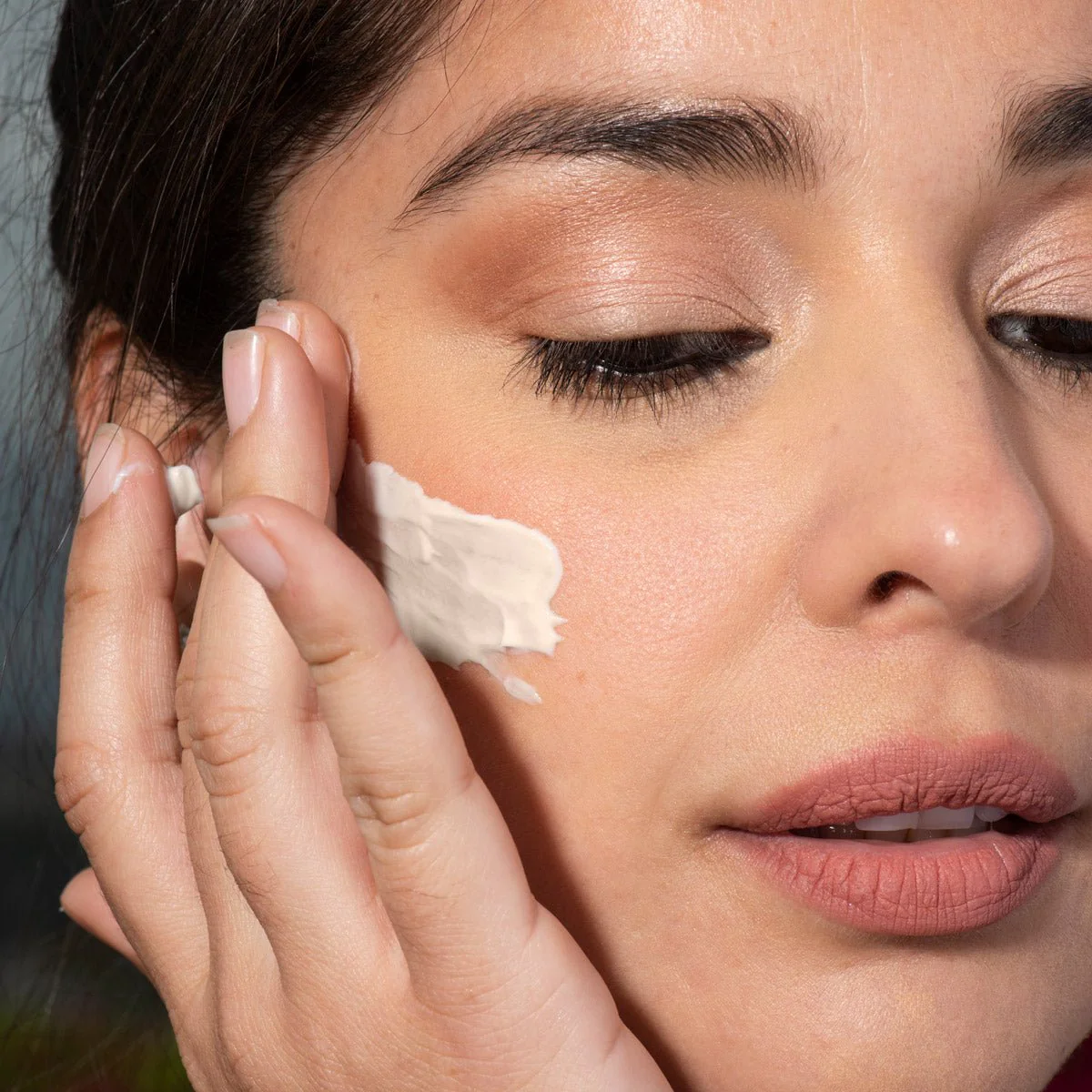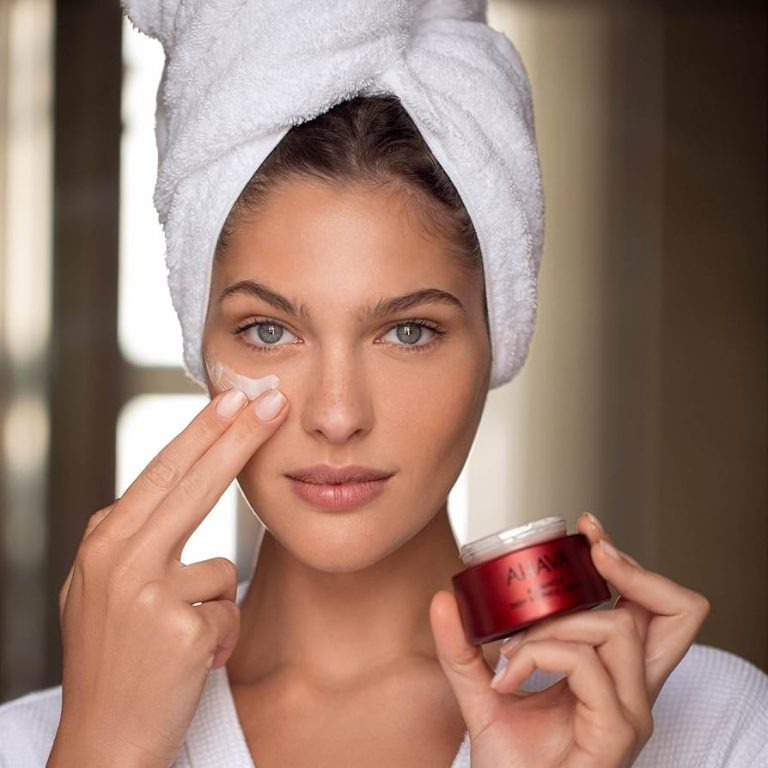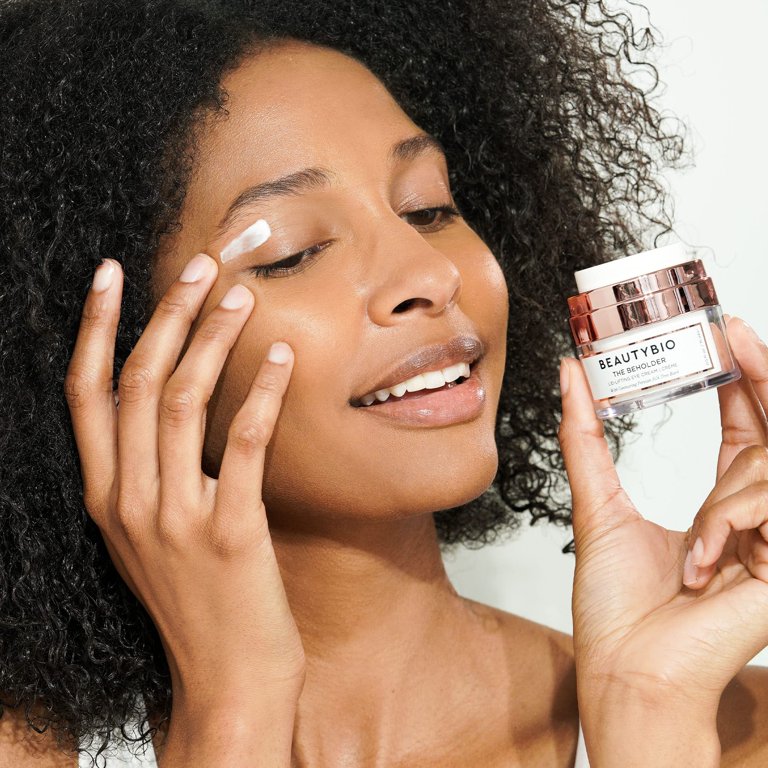
Anti-Aging Cream Myths Debunked
Introduction: The Quest for Youthful Skin
In the pursuit of a youthful appearance, many turn to anti-aging cream. These products promise to reduce signs of aging, such as fine lines, wrinkles, and dark spots. The demand for effective solutions has created myriad options. However, misinformation abounds, leaving consumers puzzled about what truly works. This blog aims to debunk common myths associated with anti-aging creams. We will explore the evidence to clarify misconceptions. Our goal is to help you make informed decisions in your skincare journey.
The Science Behind Anti-Aging Creams
Understanding the science behind anti-aging creams is crucial. These creams often contain active ingredients aimed at reducing the signs of aging on the skin. It’s the formulation and concentration of these ingredients that determine their effectiveness. Anti-aging creams work by hydrating the skin, stimulating collagen production, and protecting against environmental damage.
Key Ingredients in Anti-Aging Products
The key to an effective anti-aging cream lies in its ingredients. Here are some components commonly found in these products:
- Retinoids: These are derivatives of vitamin A and aid in cell turnover. They can diminish the appearance of wrinkles and improve skin tone.
- Peptides: Small chains of amino acids that help to stimulate collagen production, giving skin its firmness and elasticity.
- Antioxidants: Ingredients like vitamin C, E, and green tea extract can protect the skin from harmful free radicals. They can help with skin repair and the reduction of signs of aging.
- Hydroxy Acids: Alpha and beta hydroxy acids act as exfoliants. They remove dead skin cells, promoting the growth of new, more evenly pigmented skin.
- Hyaluronic Acid: A powerful moisturizer that can draw moisture into the skin, keeping it hydrated and plump.
- Niacinamide: A form of vitamin B3 that can reduce skin inflammation and improve the skin’s barrier function.
Selecting products with the right concentration and blend of these ingredients can help address specific aging concerns. However, it is important to note that not all creams will work for everyone, and results can vary based on individual skin types and concerns.

Myth 1: The More Expensive, the More Effective
When it comes to anti-aging creams, many believe that a heftier price tag means better results. However, this is one of the most common myths that need debunking. The effectiveness of an anti-aging cream doesn’t solely depend on its cost. Instead, it is the formulation and concentration of active ingredients that are critical. Here’s why expensive doesn’t always equate to more effective:
- Ingredient Quality and Concentration: High costs are often due to branding, packaging, and marketing. The true value lies in the quality and concentration of ingredients such as retinoids, peptides, and antioxidants.
- Research and Innovation: Some affordable brands invest in research and deliver products with formulations that are just as innovative as premium brands.
- Individual Skin Reaction: Each person’s skin is unique, which means an expensive product may work wonders for one but not for another. Personal skin type and concerns play a significant role in how effective an anti-aging cream will be.
- Diminishing Returns: Beyond a certain point, the price of a product can exceed its potential benefits. Paying more does not guarantee an increase in effectiveness.
It’s essential to look beyond the price and evaluate anti-aging creams based on their active ingredients and how those ingredients interact with your skin. Remember, some of the best skincare products are both effective and wallet-friendly.
Myth 2: Immediate Results Guarantee Long-Term Benefits
Many people hope for quick fixes when using anti-aging creams. They expect that if a product shows immediate results, it will also provide long-term benefits. However, this is a myth that can lead to disappointment. Here’s why instant effects don’t always mean lasting results:
- Short-term vs. Long-term Effects: Some ingredients provide an instant lift or tightening feel. Yet, these are often temporary and do not change the skin’s structure in the long run.
- Sustained Use for Benefits: Key ingredients like retinoids and peptides may take weeks to show visible changes. Consistent use over time is usually needed for genuine improvements.
- Misleading Initial Improvement: Initial hydration can make fine lines appear less noticeable. But true anti-aging benefits, like increased collagen production, require more time.
- Patience and Realistic Expectations: It’s important to have patience and realistic expectations from anti-aging creams. Skin rejuvenation is a gradual process that takes commitment and time to yield visible results.
In conclusion, while it’s encouraging to see immediate effects from anti-aging creams, it’s vital to understand that these are not indicators of long-term performance. For sustained anti-aging benefits, look for products with proven ingredients and commit to a consistent skincare regimen.

Myth 3: All Natural Ingredients Are Better for Your Skin
Many believe natural ingredients are always safe and effective for skincare. However, natural doesn’t always mean better. Let’s uncover why this is a myth:
- Allergic Reactions: Some natural ingredients may trigger allergies, leading to skin irritation or inflammation.
- Lack of Regulation: Natural ingredients are not always strictly regulated. This can mean inconsistent quality or efficacy.
- Limited Effectiveness: Not all natural substances have proven anti-aging effects. Some synthetic ingredients are more powerful.
- Skin Compatibility: Each skin type reacts differently. Natural ingredients may not suit every person’s skin.
- Preservation Challenges: Without synthetic preservatives, natural products can expire quickly and become less effective.
It’s crucial to remember that both natural and synthetic ingredients have their places in skin care. The key is to focus on clinically proven ingredients, whether they are natural or not, and ensure they suit your specific skin concerns and type.
Myth 4: Anti-Aging Creams Can Replace Professional Treatments
The notion that anti-aging creams can take the place of professional skin treatments is a myth. Though these creams are beneficial, they have limits. Here are some truths showing why they can’t replace professional treatments:
- Depth of Treatment: Professional treatments like lasers reach deeper skin layers. Anti-aging creams affect only the surface.
- Precision and Customization: Dermatologists customize treatments to target specific concerns. Over-the-counter creams provide a general solution.
- Potency: Procedures like chemical peels use stronger acids than those found in creams, offering more dramatic results.
- Longevity of Results: Some professional treatments give long-term benefits that creams cannot match.
- Complementary Roles: Rather than replace, creams complement professional treatments by maintaining skin between sessions.
- Expert Assessment: Skin experts evaluate your skin’s unique needs. They guide you on the best combination of creams and treatments.
Remember, while anti-aging creams are an essential part of skin care, they work best alongside, not in place of, professional treatments. For optimal results, a balanced approach is key.

Understanding the Role of Sun Protection in Anti-Aging
Sun protection is a crucial factor in anti-aging skincare. Here’s why shielding your skin from the sun is so important:
- Preventing Damage: The sun emits harmful UV rays that can lead to premature skin aging. Wearing sunscreen helps prevent this damage.
- Reducing Risk of Cancer: UV rays contribute to skin cancer risk. Sun protection is key for maintaining healthy skin.
- Maintaining Skin Elasticity: Exposure to sunlight can weaken the skin’s elasticity over time. Sunscreen can help maintain firmness and reduce sagging.
- Avoiding Hyperpigmentation: Sun can cause dark spots and uneven skin tone. Regular use of sunscreen can help prevent these signs of aging.
- Enhancing Effectiveness of Creams: Sunscreen complements anti-aging creams. It ensures their ingredients work well by protecting skin from further sun damage.
Choosing a broad-spectrum sunscreen with at least SPF 30 is vital in your daily skincare routine. Apply it generously and reapply after sweating or swimming. Remember, no anti-aging strategy is complete without proper sun protection.
How to Choose the Right Anti-Aging Cream
Choosing the right anti-aging cream can be a challenge. With so many products on the market, it’s important to know what to look for. Your choice should depend on several factors, including your skin type, concerns, and the ingredients that can best address your needs. In this section, we’ll provide tips for selecting a cream that works for you.
Considering Your Skin Type and Concerns
When shopping for an anti-aging cream, consider your skin. Is it oily, dry, or a combination? Do you have specific concerns like wrinkles, dark spots, or loss of firmness? Here’s how to make a smart choice:
- Identify Your Skin Type: Oily skin may need a lighter, gel-based cream. Dry skin can benefit from richer, more moisturizing formulas.
- Understand Your Concerns: Look for creams that target your specific issues. For wrinkles, search for products with retinoids. Aim for creams rich in vitamin C and niacinamide to help with dark spots.
- Patch Test: Always test a new cream on a small skin area. This step will help you avoid allergic reactions or irritation.
- Read Labels: Check the ingredient list. Prioritize creams with proven anti-aging ingredients like peptides and hyaluronic acid.
- Start Slow: Introduce new products slowly. Use a new cream every other day to let your skin adjust.
Remember, no cream will work overnight. It takes time to see changes, so be patient. Regular use combined with sun protection and a healthy lifestyle can lead to noticeable improvements in skin appearance over time.

Conclusion: Making Informed Choices in Anti-Aging Skincare
After exploring the myths and facts about anti-aging creams, it’s clear that informed choices are key. Here’s how you can ensure your choices are sound and effective:
- Focus on Ingredients: Opt for creams with ingredients that have proven anti-aging effects. Look for retinoids, peptides, antioxidants, and hyaluronic acid.
- Budget-Friendly Options: Remember, an expensive price tag doesn’t guarantee success. There are effective, wallet-friendly options available.
- Patience Pays Off: Understand that results can take time. Anti-aging is a journey, not a quick fix. Commit to your cream and give it time to work.
- Natural vs. Synthetic: Be open to both natural and synthetic ingredients. The right choice depends on your skin’s response and the scientific backing of the ingredient.
- Professional Advice: Consider professional treatments as complements to your skincare routine. They can target issues that creams alone can’t.
- Sun Protection: Never skip sunscreen. It protects your skin from damage and enhances the performance of your anti-aging products.
- Tailored Choices: Choose a cream that aligns with your skin type and concerns. A product that’s suited to your specific needs will be more effective.
- Realistic Expectations: Set achievable goals for your skincare. Creams can improve your skin’s appearance but perfect skin is an unrealistic expectation.
Making savvy decisions on anti-aging skincare is essential. Rely on evidence-based insights and respect your skin’s unique traits. This balanced approach will help you age gracefully and maintain a radiant, youthful complexion.

